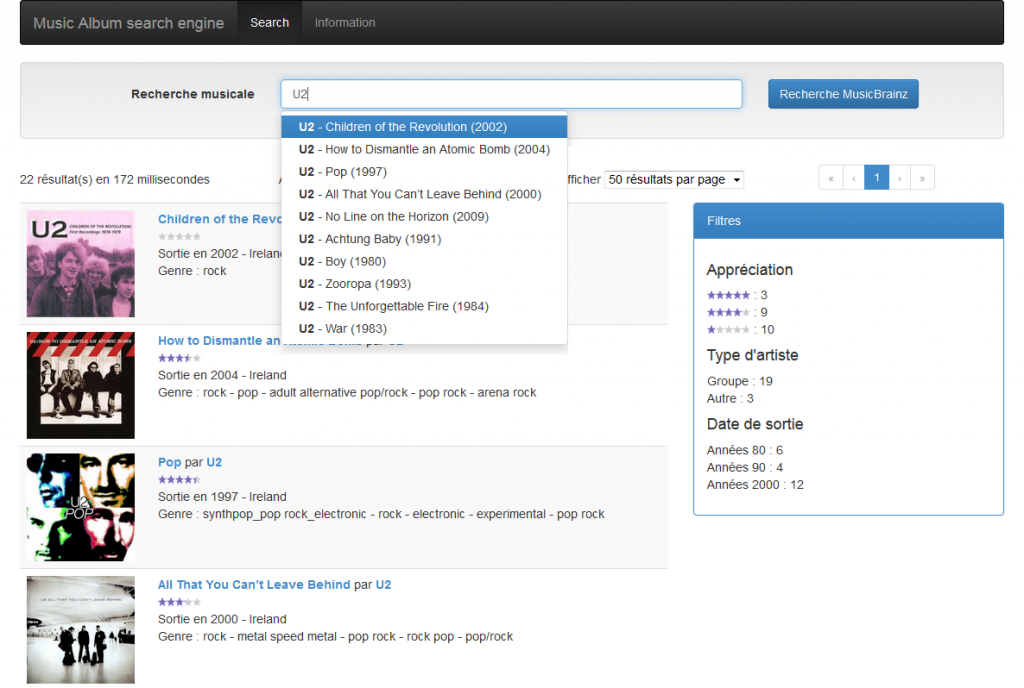Spring Petclinic is a sample application that has been designed to show how the Spring Framework can be used to build simple but powerful database-oriented applications.
The « canonical » version of Spring Petclinic is based on Spring Boot and Thymeleaf. But many forks exists: distributed version (microservices) built with Spring Cloud, React, AngularJS. The fork we are talking about is named Spring Framework Petclinic. It maintains a Petclinic version both with a plain old Spring Framework configuration and a 3-layer architecture (i.e. presentation –> service –> repository).
Those 3 last years, the community has commited a lot of improvements: Bootstrap 3 migration, PostgreSQL support, alternative Java configuration, LESS, switch to the Spring IO Platform, stateless architecture, SQL optimizations, unit tests, templating with JSP tags.
The slides Michael Isvy shared 4 years ago have just been updated with all those new features. You may have a look. It covers a lot of interesting topics: software architecture, domain model presentation, data access, Spring profiles, caching, transaction management, exception handling, AOP, exception handler, validation, webjars, Java configuration, unit testing and so on.

